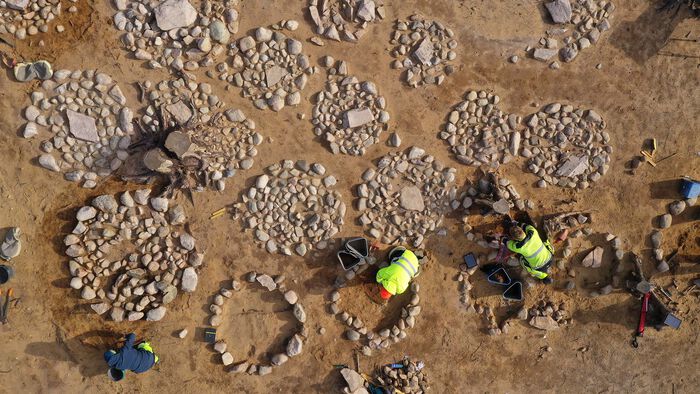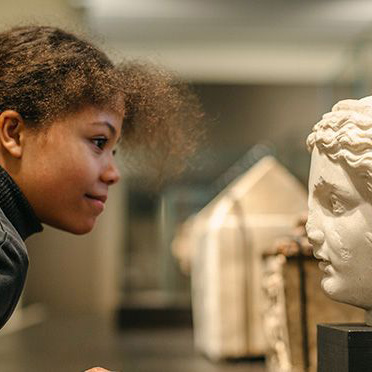The Ciboney, Taino and Carib were among the Caribbean’s original in- habitants. The Ciboney lived on fish- ing, hunting and gathering. The Taino were farmers with hereditary chief-THE doms. The Carib lived in small villages, hunted and fished, and were known for their canoes.
Columbus came to the Caribbean first in 1492 and colonized the island of Hispaniola on behalf of the Span- ish Crown. Later colonists came also from England, France, Denmark and the Netherlands. Within the first century after Columbus’ arrival, almost all of the indigenous people in the area were eradicated as a result of slavery and disease.
The eradication of indigenous people led to shortage of labor. In the period between the1600 and 1800s op- erated Spain, England, France, Denmark and The Netherlands plantations in the Caribbean. On the planta- tions they produced cotton, sugar, tobacco, bananas and spices for export to Europe.
In the same period the Trans-Atlantic Slave Trade, the so called “triangular trade,” operated. European traders went to Africa’s west cost with weapons and other industrial goods. In Africa the weapons were trad- ed for Africans that were then transported as slaves to North and South America and the Caribbean and sold to plantation owners. After selling the slaves, the traders transported home sugar, cotton and coffee.

The Trans-Atlantic Slave Trade lasted until 1808 in the Caribbean and slavery lasted almost until the twen- tieth century: in the USA until 1865, in Cuba until 1886, and in Brazil until 1888.
Cuba is a Caribbean society where a clear social division between slaves and Spanish settlers formed. Today the Cuban population consists of a mix of descendants of slaves, Spanish colonists and Chinese who came to the island later.
The great inflow of people from different cultural traditions affects the entire Caribbean region. Over the entire Caribbean one finds expressions of this cultural contact in music, dance and religion.













